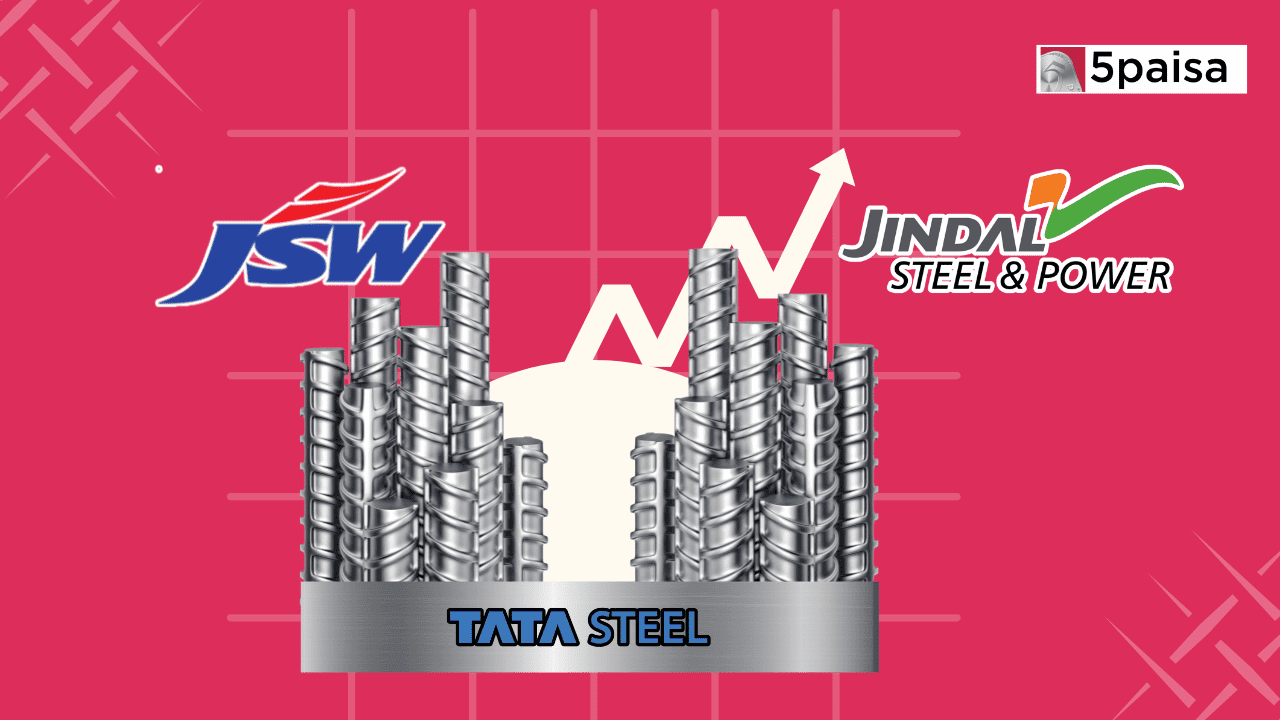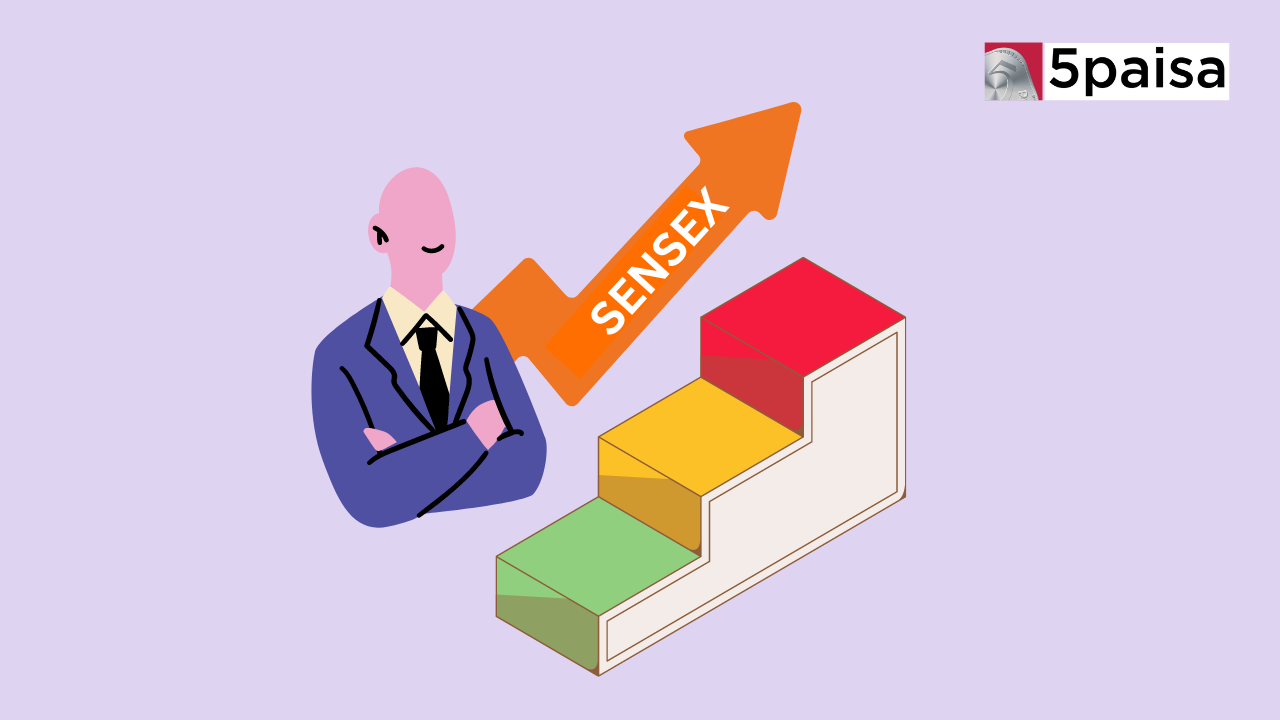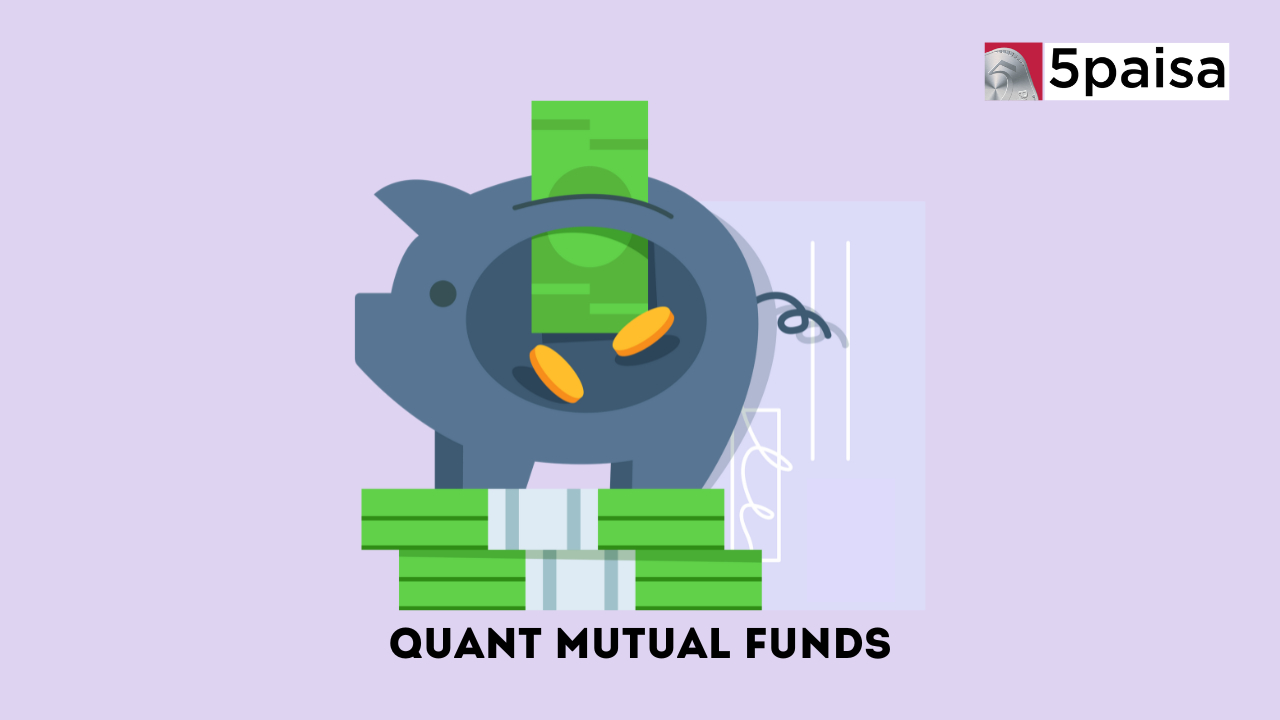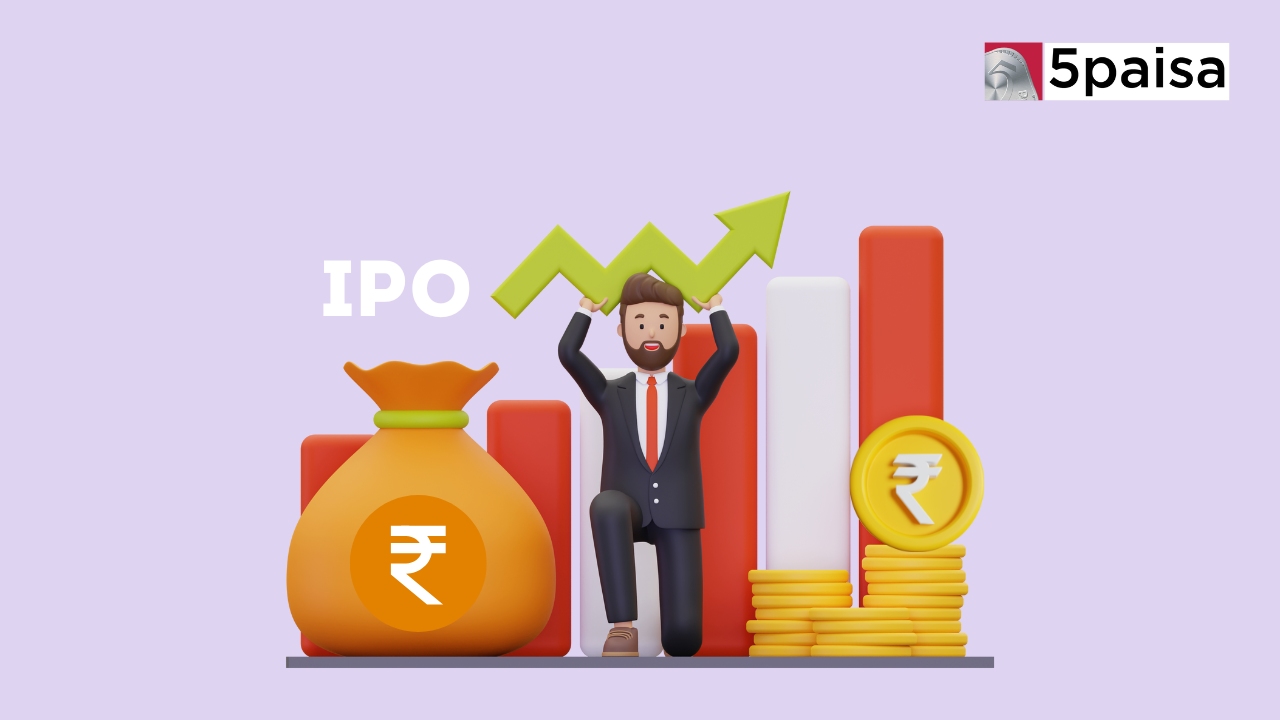List Of Maharatna Companies In India
Top Metal Stocks to Invest

Last Updated: 7th September 2023 - 05:09 pm
Globally, the epidemic has largely decreased and the economy is beginning to recover. The demand for commodities has increased as a result, especially for steel and iron.
In terms of supply, Indian investors have a great opportunity to expand their market share abroad in the upcoming months. Therefore, it is obvious that Best Metal Stocks belong in a savvy investor's portfolio.
But how can you even get started purchasing Top Quality Metal Stocks? Find out which Metal Stocks are the greatest first, then decide where to put your money.
While some metals corporations operate their mining operations seamlessly integrated, others do not. Here is a closer look at this sector of the basic materials market as well as some of our top metals stock recommendations for you. Continue reading!
Key Considerations Before Investing in Metal Sector Stocks
Investing in metals can offer a promising opportunity due to their rarity and diverse applications. To make informed decisions in the realm of Metal Stocks investment, a comprehensive understanding of various factors is essential.
Prior to committing your funds to the top metal stocks in India, it's crucial to take into account the following aspects:
1. Selecting the Right Metal Shares
The realm of metals encompasses a wide array, with gold and silver being the more renowned choices owing to their use in jewellery. However, industrial metals like stainless steel also hold significant industrial significance.
However, your selection should be guided by the supply-demand dynamics of a particular metal. Additionally, assessing price volatility is vital to avoid investing in a metal that may experience sudden value depreciation.
2. Assessing Risk Factors
Every investment venture carries its own set of risks. While investing in metals offers a degree of security, inherent risks should not be overlooked.
Factors like technical disparities, supply-demand fluctuations, geopolitical influences, and other pertinent elements can contribute to fluctuations in metal prices. It's worth noting that metal prices often surge during challenging economic periods, benefiting investors.
3. Suitable for Long-Term Investors
Investors need to evaluate their risk tolerance, especially considering the potential volatility of metal prices, particularly during rapid economic changes.
If you're attracted to the sector's growth prospects, it's advisable to focus on leading metal stocks that operate with cost efficiency. This strategic choice can help mitigate the impact of abrupt market shifts.
Prepare for potential short-term fluctuations with an understanding that the long-term potential could outweigh the temporary volatility.
4. Understanding the Connection Between Metal Sector Stocks and the Economy
Metal stock prices often exhibit an inverse relationship with economic activity. This trend stems from investors seeking refuge in these stocks to hedge against inflation, which can escalate after central banks reduce interest rates to counter economic downturns, as seen during the pandemic.
Overview of the Top 3 Metal Stocks to invest in India
Tata Steel Ltd
Key Operation Highlights:
1. Slowdown in global economy has weighed on steel prices and spot spreads across regions:
• In China, stable production and subdued demand led to steel exports in June being >7.5 mn tons. May exports were the highest monthly figure since Sep 2016.
• Raw material prices also moved lower during this period. Coking coal prices declined >25% to $220/t levels while Iron ore prices were down around 10% to $110/t.
• Overall, Steel spot spreads moderated across the regions especially on demand dynamics. EU steel spot spreads were above $250/t levels.
2. India steel demand continued to grow; European steel demand weighed down by economic slowdown:
• Infrastructure / Construction continued to improve while auto production was up 3% YoY during 1QFY24.
• Indian apparent steel consumption was up around 10% on YoY basis in 1QFY24.
• Eurozone manufacturing PMI was at 43 in June, indicating the persistent concerns about economic activity.
• ECB has hiked rates by 400 bps in the last twelve months. Inflation is presently at around 5.5%.
Financial Highlights:
• Revenues: decreased by 6% due to lower volumes, partly offset by higher realisations across geographies.
• Raw Material cost: was broadly similar as increase in India was mostly offset by decline at Europe due to relining of one of the blast furnaces.
• Change in inventories: primarily due to drawdown in Europe.
• Other expenses: decreased on lower emission rights costs and repairs, which were partly offset by higher royalty and power related expenses.
• Other Income: primarily increased on execution of long-term lease agreement with Tata BlueScope with respect to color coated lines at Angul and Khopoli.
• Other comprehensive income: primarily relates to premeasurement loss on defined benefit plans.
Key Risk:
Potential Triggers for rise of Risk
• Persistent elevation of the consolidated Total Debt-to-Profit Before Interest, Lease, Depreciation, and Tax (TD-to-PBILDT) ratio surpassing 2.5x.
• Cash flows falling short of projections, necessitating debt-financed capital expenditures and causing an overall gearing ratio exceeding 1.30x.
• Significant debt-financed acquisitions or capital expenditures exerting notable influence on the company's capital framework, surpassing the anticipated thresholds.
Outlook:
• Optimistic outlook is indicative of TSL's ongoing efforts to enhance its standing within the growing domestic steel sector.
• These endeavours will be supported by incremental capital expenditures and an enhanced product mix. Anticipation is that TSL's robust cash flow generation capabilities will predominantly fund the planned capital expenditures, thereby mitigating undue strain on its debt profile.
• The escalated capital expenditure allocation for the infrastructure sector, coupled with a resurgence in the automobile industry, is poised to drive volume sales for the entire industry.
| Key Ratios | FY'23 |
| EBITDA Margin (%) | 10.3 |
| Interest Coverage Ratio (x) | 3.4 |
| Net Debt / EBITDA (x) | 2.92 |
| Net Debt / Equity (x) | 0.69 |
| ROCE (%) | 12.8 |
| ROE (%) | 7.28 |
| EV/EBITDA (x) | 8.8 |
JSW Steel Ltd
Key Operation Highlights:
• Consolidated crude steel production of 6.43mt in Q1 FY24, up 11% YoY.
• Average India capacity utilization of 92%.
• Consolidated steel sales of 5.71mt, up 27% YoY.
• Captive iron ore self-sufficiency at 45% for Indian operations.
• Merger of JISPL2 with JSW Steel approved by NCLT, will be completed in Q2 FY24.
• Merger of Vallabh Tinplate and Vardhaman Industries with JSW Steel Coated Products completed.
• Completed acquisition of downstream producer, National Steel and Agro.
• JSW Steel awarded India’s ‘Best Employers Among Nation-Builders’ by Great Place to Work.
Financial Performance:
• Net Debt to Equity: 0.96x and Net Debt to EBITDA 3.14x.
• Operating costs for Indian operations were up QoQ driven by higher iron ore prices, partly offset by lower coal and power & fuel costs.
On YoY basis, operating costs for Indian operations were lower due to elevated commodity price environment last year.
• Finance Cost, Lower on QoQ basis mainly due to lower working capital related acceptances and favourable INR movement.
Up YoY mainly due to higher benchmark interest rates and capitalisation of new capacities.
• International Operations, US: Improved performance on higher volumes at Ohio and Plate and Pipe Mill operations.
Italy: Improved performance on better mix, with higher share of rails
Key Risk:
• Prolonged debt burden and decline in the net debt-to-Profit Before Interest, Lease, Depreciation, and Tax (PBILDT) ratio, exceeding 3.00x on a consistent basis.
• Unanticipated significant debt-financed capital expenditures or acquisitions that could result in an elevated overall capital structure surpassing 1.50x.
Outlook:
The growth trajectory, coupled with a favourable demand landscape in the domestic market and the progressive expansion of additional capacity, is expected to contribute to sustaining a robust business risk profile over the medium to long term.
| Key Ratios | FY'23 |
| EBITDA Margin (%) | 17 |
| Interest Coverage Ratio (x) | 3.58 |
| Net Debt / EBITDA (x) | 3.14 |
| Net Debt / Equity (x) | 0.96 |
| ROCE (%) | 8.41 |
| ROE (%) | 5.64 |
| EV/EBITDA (x) | 11.5 |
Jindal Steel & Power Ltd
Key Operational Highlights (Initiatives):
• Largest domestic supplier of quenched & tempered plates for applications that withstand severe impact and abrasion.
• 60E1 1175 HT rails suitable for high-speed & high axle load application. Head Hardened 1080 HH Rails & Asymmetric rails for Critical Railway application.
• Fire Resistant Steel: JSP has received India’s first BIS certification to manufacture Fire-resistant Structural Steel.
• Special profiles such as triple grouser track shoe.
Financial Performance
• Company has delivered good profit growth of 41.2% CAGR over last 5 years.
• Company has delivered good Sales Growth of 10% CAGR over last 5 years.
• Company has delivered good ROE Growth of 7% CAGR over last 5 years.
Key Risk
JSPL might encounter pressure under the following circumstances:
• Substantial deviations in terms of time and cost overruns concerning the ongoing capital expenditure in Angul.
• Excessive delays in commencing operations at the coal mines.
• Implementation of significant debt-funded capital expenditure and/or investments that impact the company's credit metrics, maintaining a consolidated net debt to OPBDITA ratio exceeding 1.5 times over an extended period.
Outlook
• This positive trajectory is underpinned by an improved raw material security, underscored by JSPL's acquisition of four thermal coal blocks in FY2023.
• These acquisitions have led to cumulative reserves of approximately 420 million tonnes, along with the clearance to produce up to 15.37 million tonnes per annum. Moreover, the company has achieved notable progress in the operational ramp-up of its major coking coal mine in Australia and the Kasia iron ore mine in India during FY2023.
• This strategic advancement has effectively mitigated price and supply uncertainties pertaining to the company's crucial raw materials.
| Key Ratios | FY'23 |
| EBITDA Margin (%) | 14.19 |
| Interest Coverage Ratio (x) | 6.03 |
| Net Debt / EBITDA (x) | 0.7 |
| Net Debt / Equity (x) | 0.32 |
| ROCE (%) | 14.5 |
| ROE (%) | 8.82 |
| EV/EBITDA (x) | 7.8 |
Indian Economy Outlook:
• Indian economy continues strong momentum driven by positive business and consumer sentiments. Uneven monsoon could push up inflation and delay easing in monetary policy. Weaker global growth remains a risk to exports.
• Continued strength in manufacturing, infrastructure and defence India participating in global supply chain re-alignment, driving new investments in manufacturing.
• Healthy tax collections and lower energy prices supportive for continued productive investments by the govt.
• Healthy demand for Tractors & PVs. 2W also seeing some recovery.
• Rural recovery remains contingent on the severity of El Nino.
• Improving consumer sentiment and healthy labour market are positive for consumption.
• India remains a preferred destination for offshoring and global capability centres (GCCs) – positive for employment and real estate. India remains well placed in global economy as well as geopolitics; uneven monsoon and global slowdown are key risks.
- Flat ₹20 Brokerage
- Next-gen Trading
- Advance Charting
- Actionable Ideas
Trending on 5paisa
Indian Stock Market Related Articles
Disclaimer: Investment in securities market are subject to market risks, read all the related documents carefully before investing. For detailed disclaimer please Click here.
 5paisa Research Team
5paisa Research Team
 Sachin Gupta
Sachin Gupta




